Ever wondered why your hair feels greasy right after you wash it? Or does it look dry and dull even after using your favorite deep conditioner? Maybe it’s time to focus on your scalp.
In fact, that is its very definition skinization hair care — the self-care trend that says your scalp needs a tailored care routine just as much as the delicate skin on your face. A regimen that prioritises, treats and maintains the hair’s basic foundation. Because after all, healthy hair starts at the root.
Let’s get started.
Getting to know your scalp
The scalp is often forgotten when it comes to hair health, but it’s where it all starts. Think about your favorite houseplant: when you nourish the soil, the plant grows stronger. And the same can be said about your hair.
The scalp is often forgotten when it comes to hair health, but it’s where it all starts.
Here’s how it works: The scalp is full of oil glands, blood vessels and hair follicles that work together to create the perfect environment for hair growth. These follicles, just under the skin, produce each strand of hair.
When all is balanced, the the scalp nourishes these hair follicles with the nutrients, oxygen and hydration needed to produce healthy hair. However, when things get out of balance, you may notice that your scalp and hair don’t look or feel their best.
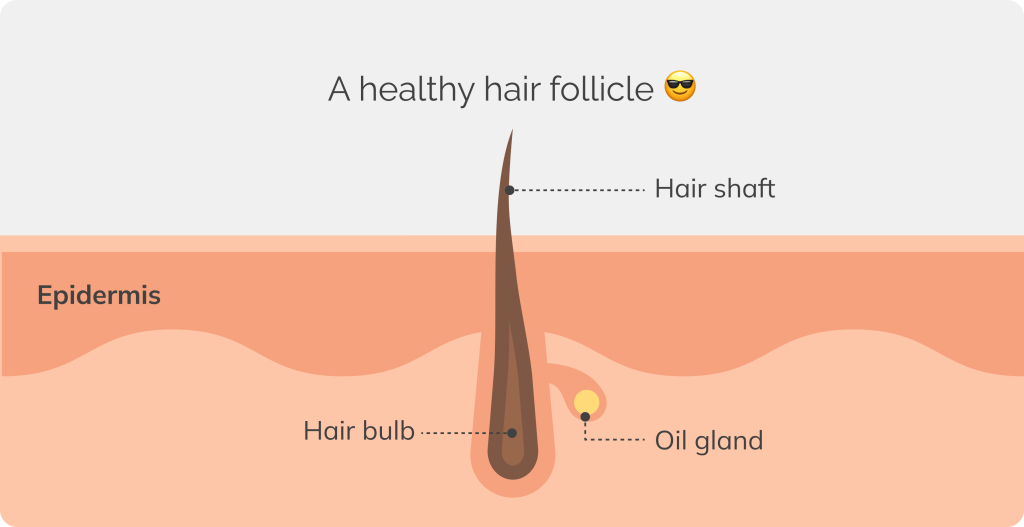
What happens when your scalp gets out of balance?
There are a few possible situations here. First, if the scalp’s oil glands produce too much sebum, the follicles can become blocked, causing hair loss and thinning. This oil build-up can also make hair look dull, greasy and flat.
On the other hand, if the scalp is dry, it can cause irritation, itching and flaking – weakening the skin barrier that protects the hair follicles. The follicles remain vulnerable without their barrier at full strength, preventing healthy hair growth.
The scalp is a tiny ecosystem that needs it balance.
But it doesn’t always result in excess oil or dryness. Your scalp is also affected by environmental stressors just like the skin on your face. As in? Think harsh products, exposure factors like pollution or even hormonal changes. Each can cause discomfort such as inflammation, itching or dandruff.
Overall, scalp care is essential to your hair care routine. And it starts with an essential step: knowing what type of scalp you have.
What is your scalp type?
Just as your skin can be dry, combination, oily, normal or sensitive, your scalp also has its own characteristics:
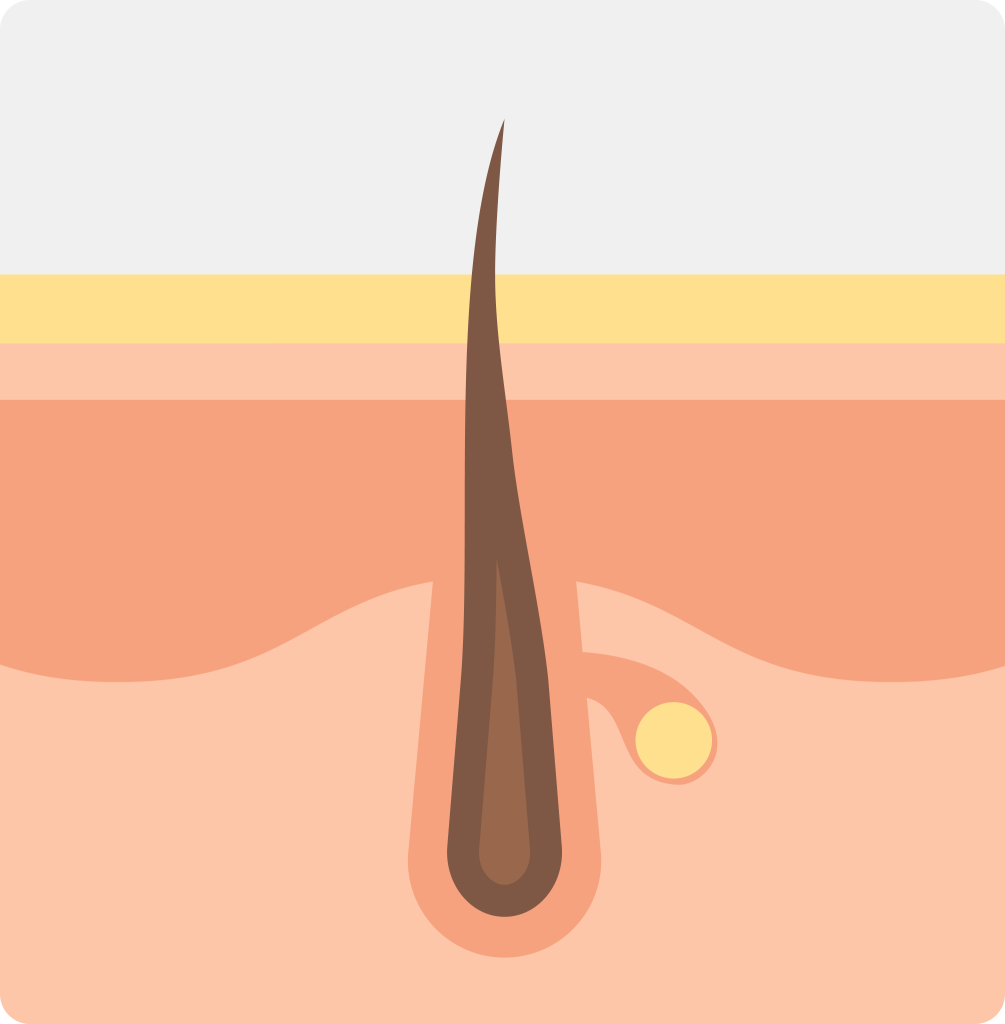
1. Oily scalp
If you notice that after washing your hair it gets dirty quickly, feels greasy or loses volume by the end of the day, you probably have an oily scalp.
More signs? You tend to feel the need to wash it more often and frizz is an issue you usually don’t worry about.
2. Dry scalp
If you notice that your scalp feels tight and itchy or you see small non-greasy flakes, you may have a dry scalp. Often confused with dandruff, this type of scalp can occasionally experience flaking simply due to a lack of natural moisture.
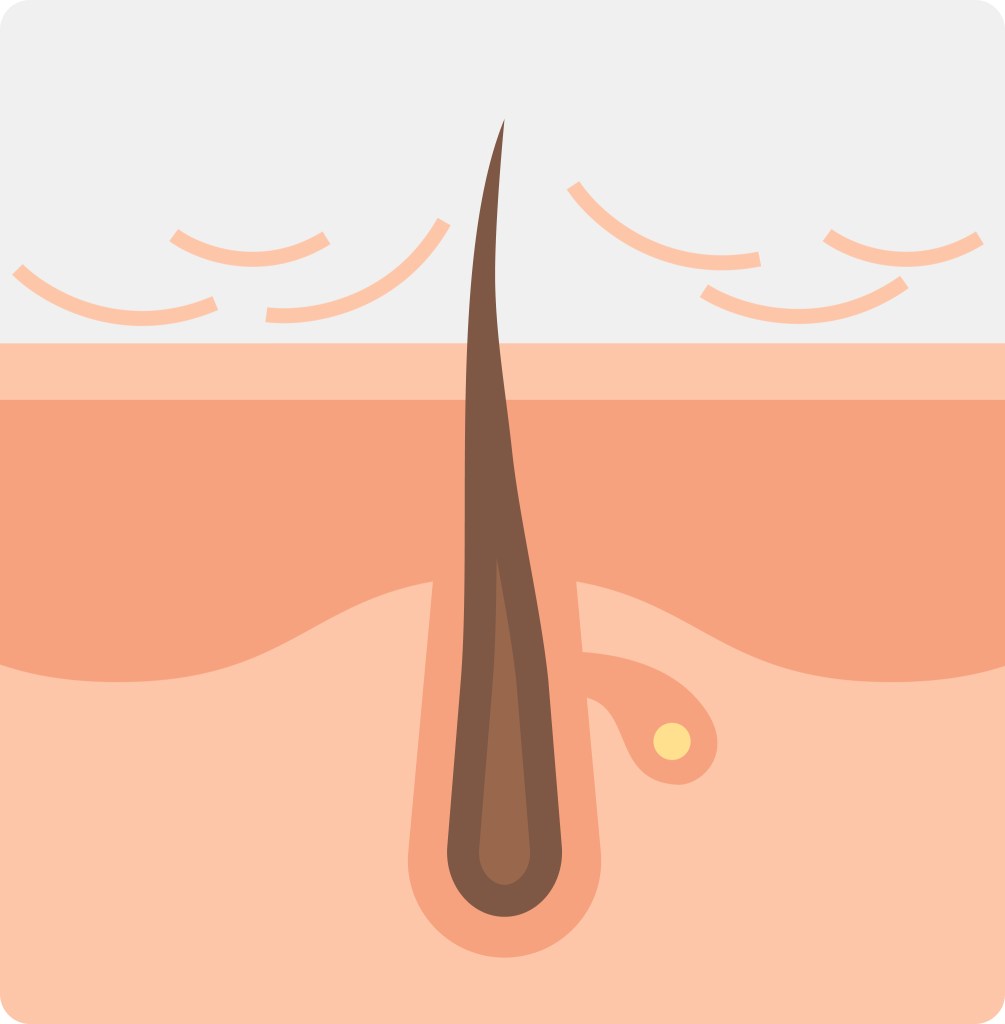
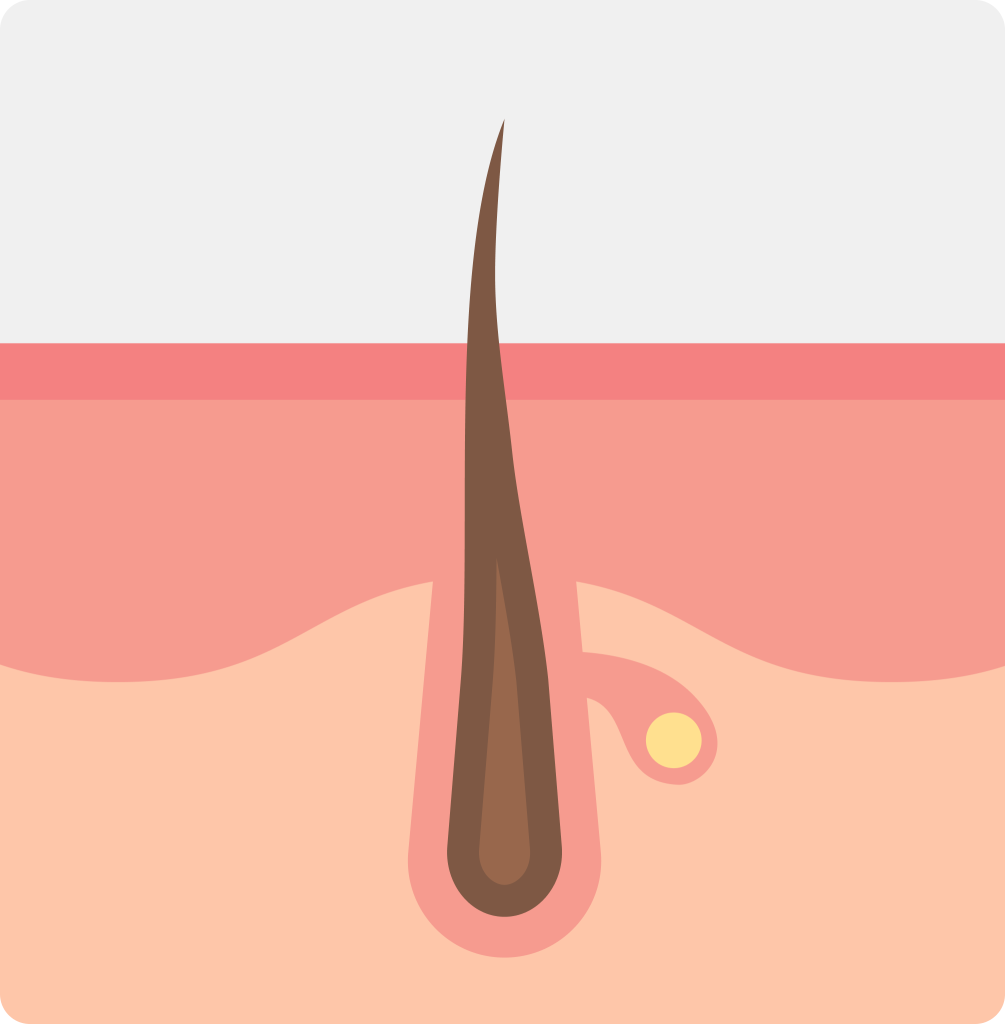
3. Sensitive scalp
If you notice redness, itching or a burning sensation after using certain types of shampoo or dye, you may have a sensitive scalp.
This type of scalp reacts quickly to harsh ingredients or external factors such as pollution or weather changes.
4. Normal scalp
If you notice that your scalp rarely feels oily, dry or irritated, you probably have a normal scalp. It’s the most balanced type, feeling clean and healthy between washes without producing too much oil or feeling dry or sensitive.

Can your scalp type change over time?
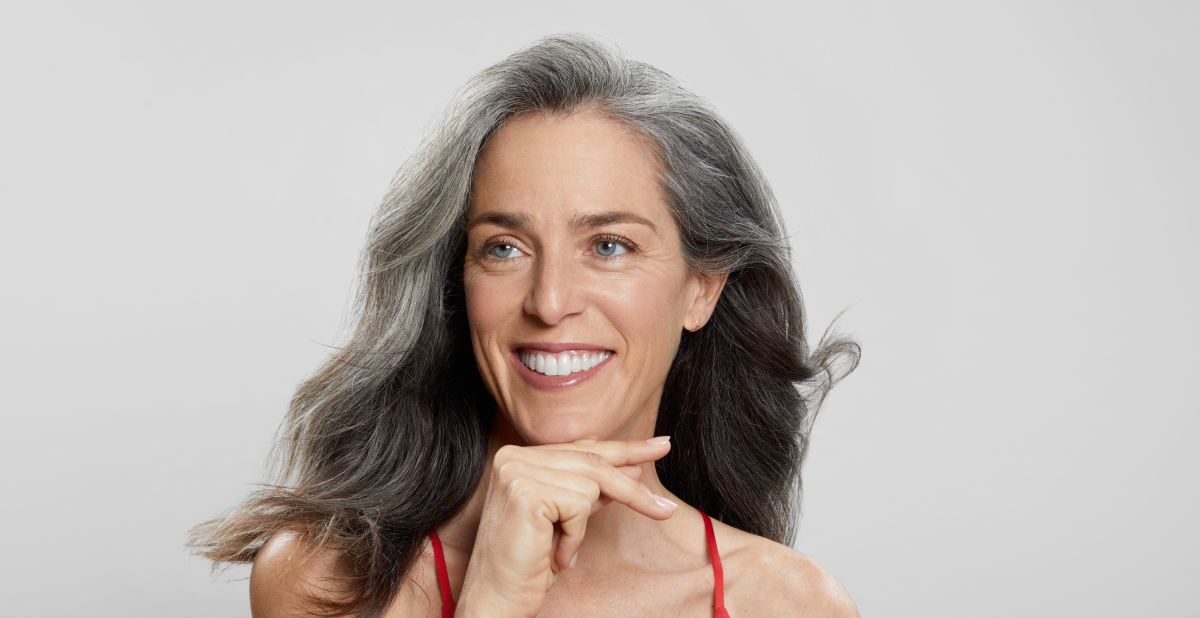
Definitively! Your scalp type is not an exact science and can change over time. Especially if you’re trying new products, going through a stressful period or changing your diet – all of these things affect your hair and scalp. In addition, long-term use of harsh products or external factors such as temperature changes can alter its natural balance. Maybe your hair is drier after a beach vacation? This is completely normal.
Age also plays its part. During puberty or pregnancy, hormonal fluctuations can increase sebum production, causing the normal scalp to become oily. On the other hand, as we age, the skin produces less oil, which can cause the scalp to become drier. It’s all part of life.
Here are two tips to help you navigate any changes:
- Determine your current scalp type. Once you’re on the right track, look for targeted products.
- Check in every few months and adapt your hair and scalp care routine to new needs.
The scalp care routine: step by step
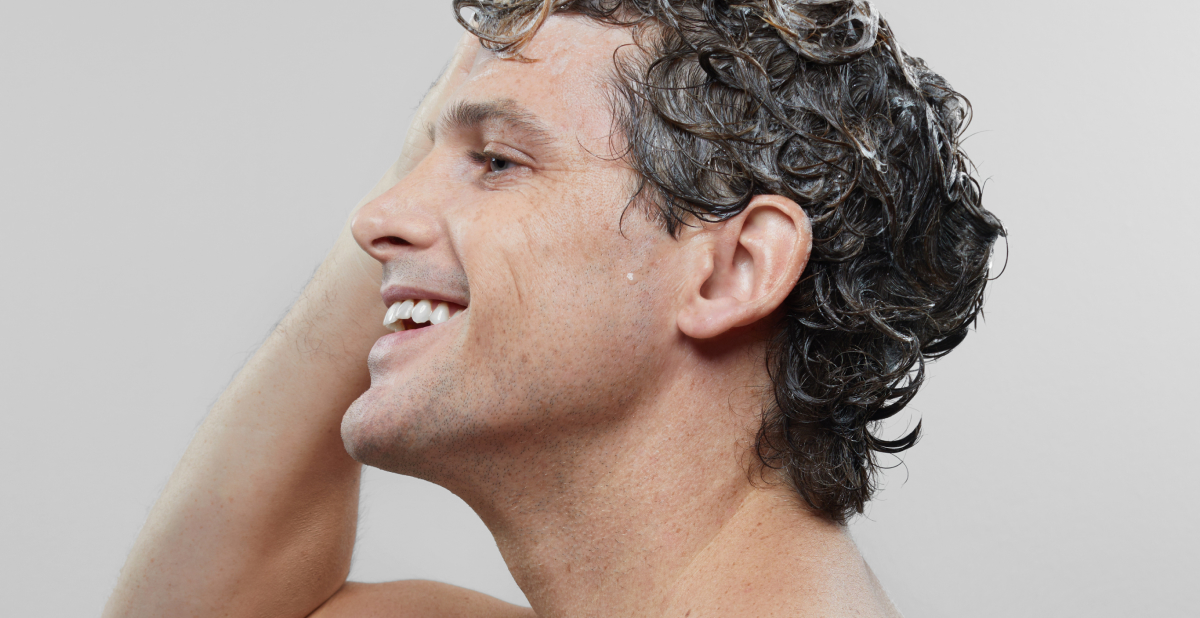
Using the right hair care products is a great place to start. But your scalp needs a little extra care to help it stay balanced and optimize growth (if that’s something you’d like). Here’s a complete routine to transform your hair starting at the roots:
1. Nourish your hair from the inside out
Hair and scalp need plenty of vitamins and minerals to feel their best. Have you noticed more hair loss lately? Or are you hoping to make your hair look healthier and fuller overall? While a varied diet can work wonders here, a targeted supplement can provide an extra boost. Add one to your daily routine as described on the product label.
2. Shampoo with care
In the shower, use lukewarm water and gently massage your scalp while shampooing. This can help to both clean properly and activate the skin around the hair follicles. Use gentle pressure to avoid irritation.
Remember: If washing your hair every day works for you, do it! There is no fixed number for recommended weekly washes.
3. Apply conditioner from mid-lengths to ends
Make sure you read your conditioner’s label to see if it’s also intended for the scalp – as many are designed just for your hair. Why is this so important? Thicker products can easily overwhelm the skin, especially if you tend towards an oily scalp.
4. Prioritize a daily hair massage
This can be as simple as being a little more deliberate when you brush your hair. Try to brush or gently massage your scalp for at least two minutes every day. It’s a simple ritual that can help support natural circulation and oxygenate the follicles.
5. Add a hair thickening lotion to your routine
A leave-in lotion delivers targeted ingredients to the area while adding fullness. Look for a formula with strong antioxidants, such as Ginkgo bilobato protect your skin and hair from oxidative stress. Another ingredient to look for? D-Biotin. This vitamin can work to strengthen your roots and strengthen your strands.
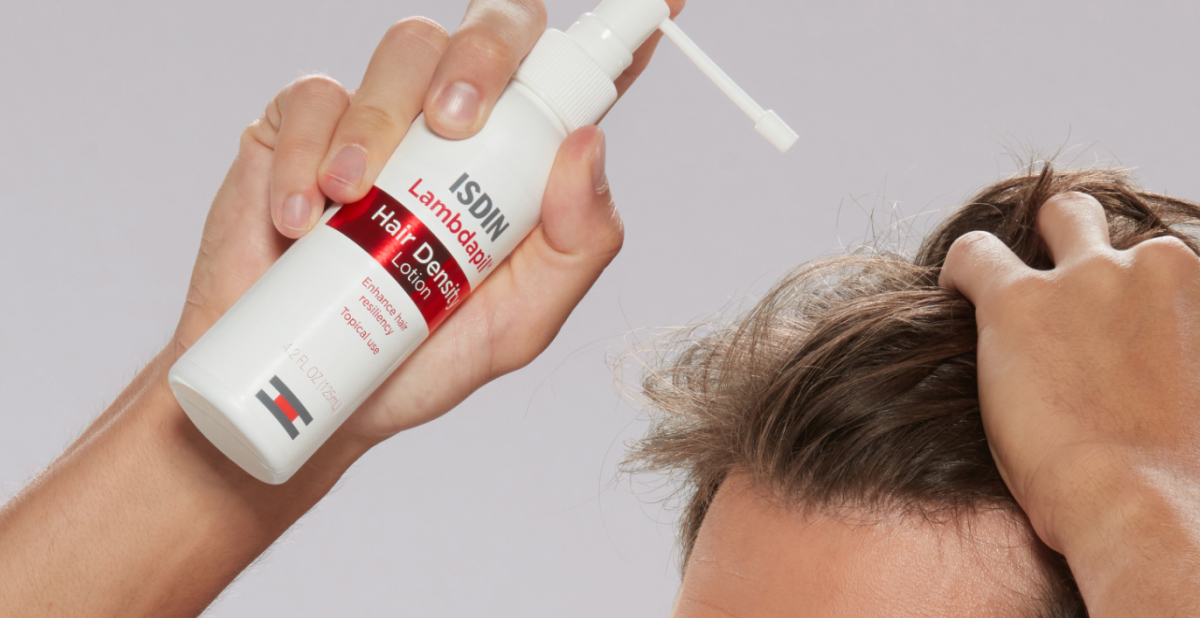
Healthy hair starts with a healthy scalp. The best way to be proactive? Commit to a daily routine focused on strength and vitality from the inside out. And remember, only you decide what hair looks and feels great.

Editorial team
Our namesake embodies the spirit of embracing life and all its wonders. As wellness journalists, we explore topics that stimulate the senses and keep curiosity alive. We believe that glowing skin is the result of a healthy body and mind. By connecting beauty with science, we aim to inspire you to live young at every age.
